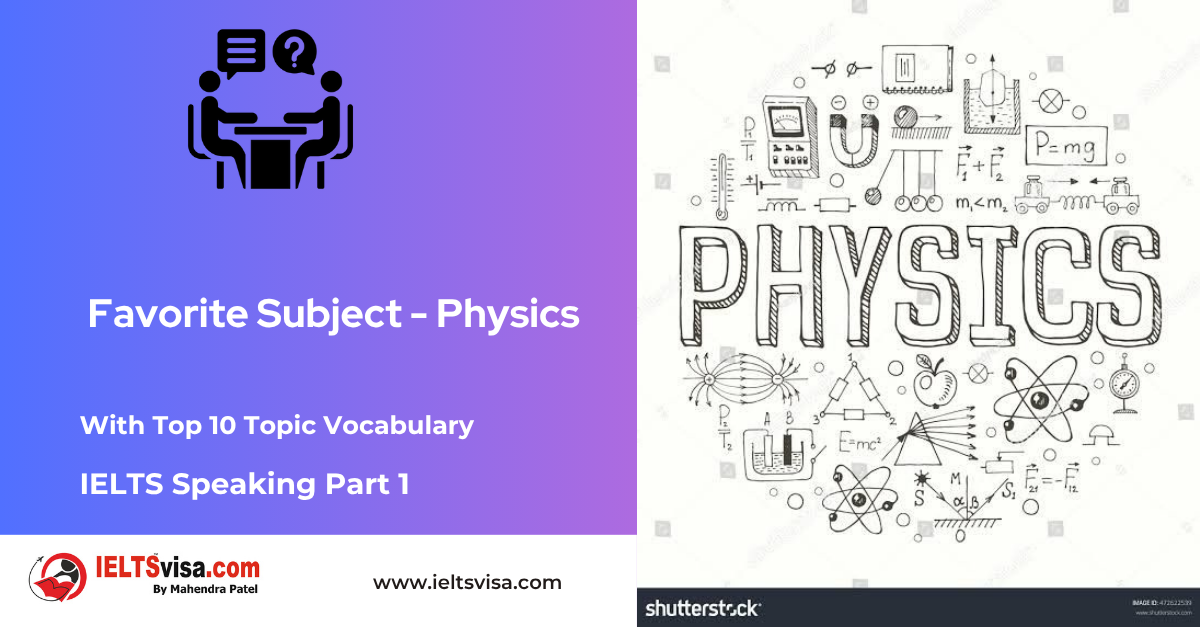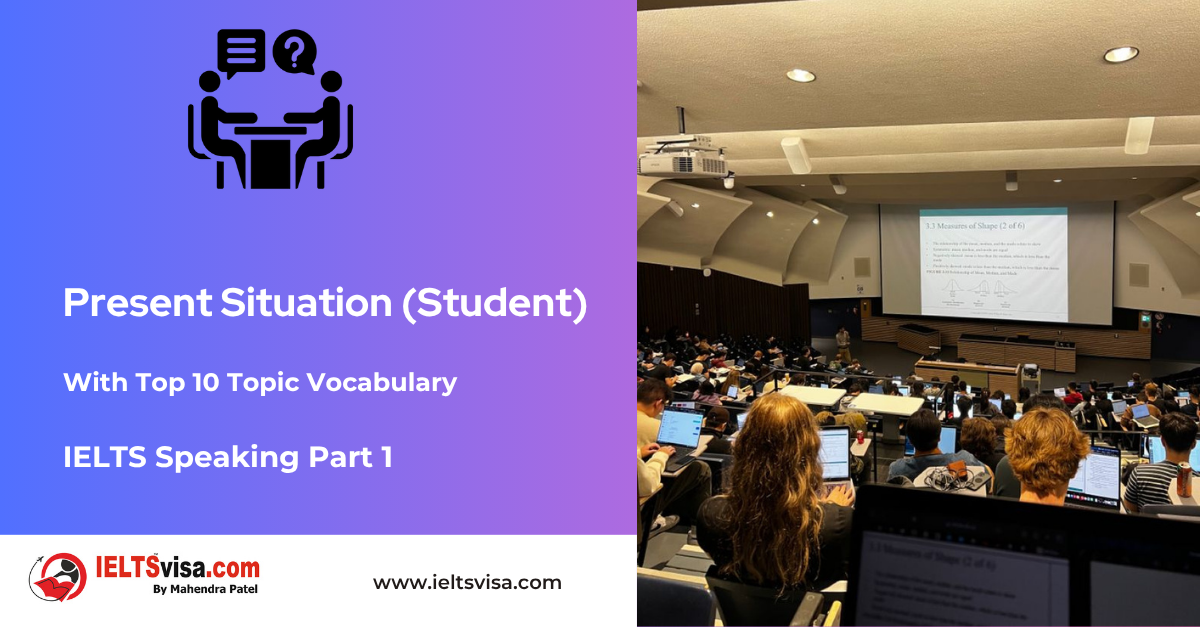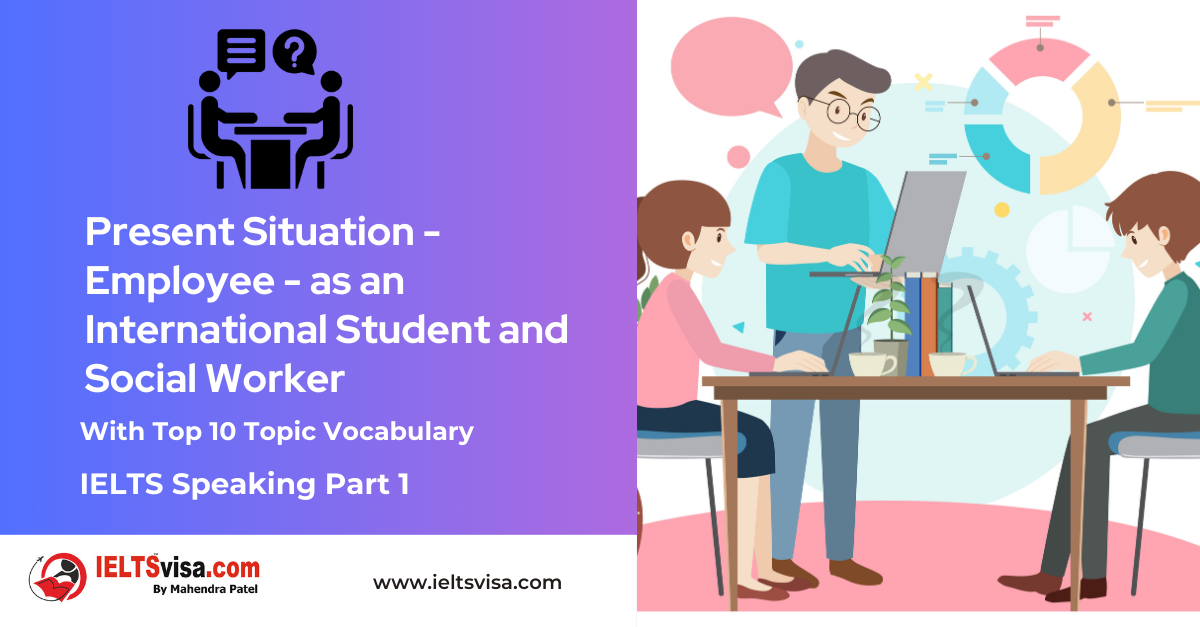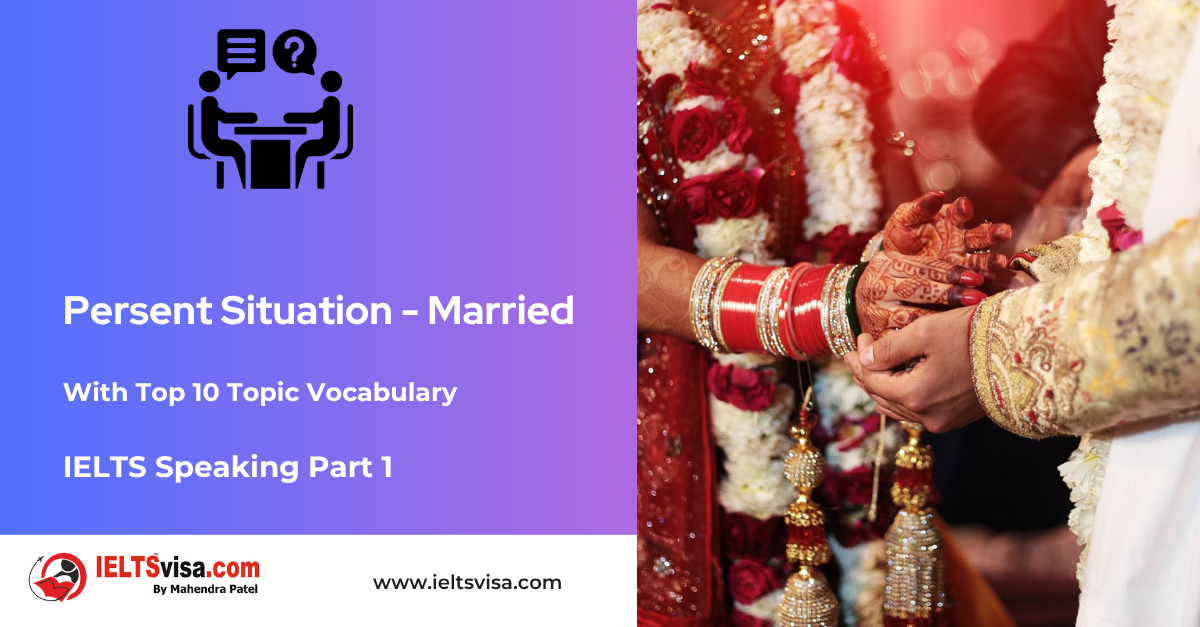Past continuous (I was doing)
Grammar for IELTS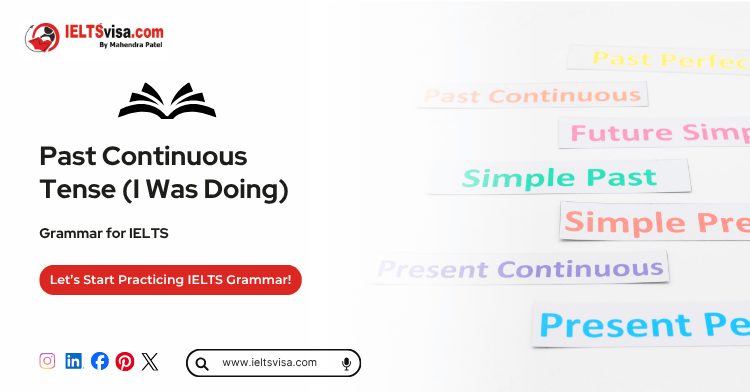
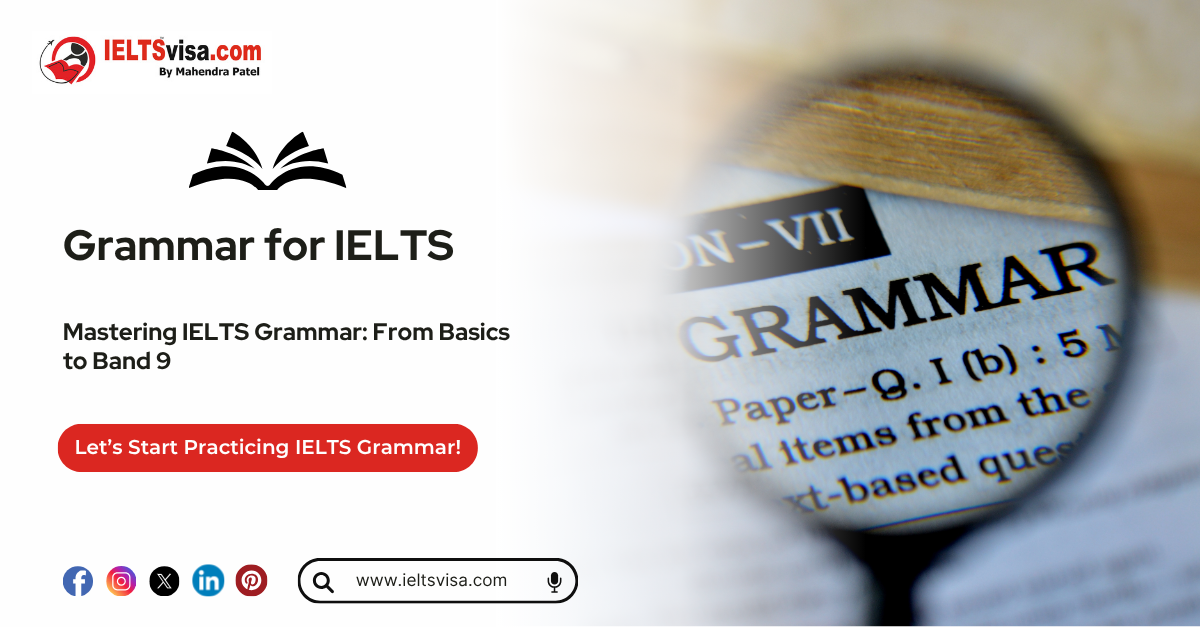
Past Continuous Tense (I Was Doing)
The Past Continuous Tense is a vital part of English grammar, essential for describing actions that were ongoing in the past. It provides depth and detail to conversations, narratives, and written content. This guide will explore the past continuous tense, including its structure, rules, uses, and examples, helping you master this tense effectively.
Table of Contents
1. Introduction to the Past Continuous Tense
2. Structure of the Past Continuous Tense
-
- Affirmative Sentences
- Negative Sentences
- Interrogative Sentences
3. When to Use the Past Continuous Tense
4. Common Time Expressions with the Past Continuous
5. How to Form the Past Continuous Tense
6. Past Continuous Tense vs. Past Simple Tense
7. Examples of Past Continuous in Conversations
8. Spelling Rules for Adding “-ing”
9. Common Mistakes with the Past Continuous Tense
10. Exercises for Practice
11. Past Continuous in Storytelling
12. Using the Past Continuous for Interrupted Actions
13. Past Continuous and Simultaneous Actions
14. Frequently Asked Questions (FAQs)
15. Conclusion
1. Introduction to the Past Continuous Tense
The Past Continuous Tense describes actions that were happening at a specific time in the past. It is often used to set the scene in a narrative, provide background information, or indicate actions interrupted by another event.
Example:
-
- I was reading a book when the phone rang.
- They were playing football at 5 PM yesterday.
2. Structure of the Past Continuous Tense
The structure of the past continuous tense includes the past tense of the verb to be (was/were) followed by the present participle (-ing form) of the main verb.
Affirmative Sentences
Structure: Subject + was/were + verb(-ing) + object
Examples:
-
-
-
- She was watching TV.
- They were studying for their exams.
-
-
Negative Sentences
Structure: Subject + was/were + not + verb(-ing) + object
Examples:
-
-
-
- I was not sleeping when you called.
- They were not paying attention to the lecture.
-
-
Interrogative Sentences
Structure: Was/Were + subject + verb(-ing) + object?
Examples:
-
-
-
- Was she working on her project last night?
- Were they playing in the park yesterday?
-
-
3. When to Use the Past Continuous Tense
The past continuous tense is used in the following contexts:
1. To Describe Ongoing Actions in the Past:
-
- At 8 PM, I was cooking dinner.
- They were playing cards all evening.
2. To Indicate Interrupted Actions:
-
- I was driving home when it started raining.
- She was sleeping when the alarm went off.
3. To Set the Scene in a Story:
-
- The birds were chirping, and the sun was shining as the day began.
4. To Show Simultaneous Actions in the Past:
-
- While I was cleaning, he was preparing dinner.
4. Common Time Expressions with the Past Continuous
The past continuous tense often includes time expressions that indicate when the action was happening.
Examples of Time Expressions:
-
- At that moment
- At 5 PM yesterday
- All day/night
- While
- During
Examples in Sentences:
-
- At 6 PM, they were having dinner.
- She was studying all night for her exams.
5. How to Form the Past Continuous Tense
Steps to Form the Past Continuous:
1. Use the Past Tense of “To Be”: Choose was for singular subjects (I, he, she, it) and were for plural subjects (we, they, you).
2. Add the Present Participle: Use the base verb + -ing.
Examples:
-
- I was walking.
- They were swimming.
Verb Changes for the “-ing” Form:
1. For regular verbs: Add “-ing.”
-
- Play → Playing
2. For verbs ending in “e”: Drop the “e” and add “-ing.”
-
- Dance → Dancing
3. For one-syllable verbs with a CVC pattern: Double the last consonant before adding “-ing.”
-
- Run → Running
6. Past Continuous Tense vs. Past Simple Tense
The past continuous tense and the past simple tense are often confused. Here’s how they differ:
|
Aspect |
Past Continuous |
Past Simple |
|
Definition |
Describes ongoing actions in the past |
Describes completed actions in the past |
|
Examples |
She was reading when I arrived. |
She read a book yesterday. |
|
Usage |
For background actions |
For main events |
7. Examples of Past Continuous in Conversations
Dialogue Example 1:
A: What were you doing last night?
B: I was watching a movie with my family.
Dialogue Example 2:
A: Were you studying when I called?
B: No, I wasn’t. I was cooking dinner.
8. Spelling Rules for Adding “-ing”
1. Verbs ending in “e”: Drop the “e” and add “-ing.”
-
- Write → Writing
2. Verbs ending in “ie”: Change “ie” to “y” and add “-ing.”
-
- Die → Dying
3. Verbs with one syllable and a CVC pattern: Double the consonant and add “-ing.”
-
- Sit → Sitting
9. Common Mistakes with the Past Continuous Tense
1. Incorrect Use of “Was/Were”:
-
- Incorrect: He were going to school.
- Correct: He was going to school.
2. Forgetting the “-ing” Form:
-
- Incorrect: She was cook dinner.
- Correct: She was cooking dinner.
3. Using the Past Continuous for Completed Actions:
-
- Incorrect: I was watched TV last night.
- Correct: I watched TV last night.
10. Exercises and Practice Questions
Fill in the Blanks:
1. She ___ (visit) her grandparents last weekend.
2. They ___ (not, complete) their assignments on time.
3. ___ you ___ (see) the new movie?
Answers:
1. visited
2. did not complete
3. Did, see
10. Exercises for Practice
Fill in the Blanks:
1. They ___ (study) for their test when the lights went out.
2. She ___ (not, listen) to music at that time.
3. What ___ you ___ (do) at 5 PM yesterday?
Answers:
1. were studying
2. was not listening
3. were, doing
11. Past Continuous in Storytelling
The past continuous tense is excellent for storytelling as it adds depth to the narrative.
Example:
“It was raining heavily, and the wind was howling. Inside the house, I was reading a mystery novel while my cat was sleeping beside me.”
12. Using the Past Continuous for Interrupted Actions
The past continuous is often paired with the past simple to indicate interruptions.
Examples:
-
- I was cooking dinner when the phone rang.
- They were playing football when it started to rain.
13. Past Continuous and Simultaneous Actions
Use the past continuous to describe two actions happening simultaneously.
Examples:
-
- While I was studying, she was cooking dinner.
- They were laughing while watching the comedy show.
Frequently Asked Questions (FAQs)
Q1: What is the main purpose of the past continuous tense?
A: The past continuous tense describes actions that were ongoing at a specific moment in the past.
Q2: Can I use the past continuous without time expressions?
A: Yes, but time expressions help clarify when the action was happening.

Our Books
Master IELTS Speaking Part 1
IELTS Writing Task 1 Book
IELTS Writing Task 2 Book
Practice IELTS Other Modules
IELTS Listening
The IELTS Listening test assesses how well you can understand spoken English in various contexts. It lasts about 30 minutes and is divided into four sections with a total of 40 questions. The listening tasks become increasingly difficult as the test progresses.
IELTS Academic Reading
The IELTS Academic Reading section assesses your ability to understand and interpret a variety of texts in academic settings. It is designed to evaluate a range of reading skills, including skimming for gist, reading for main ideas, reading for detail, understanding inferences, and recognizing a writer's opinions and arguments.
IELTS Speaking
The IELTS Speaking test assesses your ability to communicate in English on everyday topics. It lasts 11-14 minutes and consists of three parts: introduction, cue card, and a discussion based on the cue card topic.
IELTS General Reading
IELTS General Reading tests your ability to understand and interpret various types of texts. Here are some key areas and types of content you can expect to encounter in the reading section, along with tips for effective preparation.
IELTS Academic Writing Task 1
In IELTS Academic Writing Task 1, you are presented with a visual representation of information, such as graphs, charts, tables, or diagrams, and you are required to summarize, compare, or explain the data in your own words.
IELTS General Writing Task 1
In IELTS General Writing Task 1, you are required to write a letter based on a given situation. The letter can be formal, semi-formal, or informal, depending on the prompt. Here’s a breakdown of the key components to include in your letter
IELTS Academic Writing Task 2
In IELTS Academic Writing Task 2, you are required to write an essay in response to a question or topic. Here’s a guide to help you understand the essential elements of this task
IELTS Exam Tips
To succeed in the IELTS exam, practice regularly, familiarize yourself with the test format, improve your vocabulary, develop time management skills, and take mock tests to build confidence.
Grammer for IELTS
Grammar is the foundation of effective communication in English. Understanding tense usage, subject-verb agreement, and sentence structure enhances clarity and coherence in writing and speaking.
Vocabulary for IELTS
Vocabulary plays a crucial role in the IELTS (International English Language Testing System) exam, especially in the Speaking and Writing sections. Here’s an overview of why vocabulary is important and how it impacts your performance
RECENT IELTS SAMPLES QUESTIONS AND ANSWERS
IELTS Speaking Part 1 – Favourite Sujbect – Physics
IELTS Speaking Part 1 - Favourite Sujbect - Physics Q: What is your favourite subject? A: My favourite subject...
IELTS Speaking Part 1 – Present Situation (Student)
IELTS Speaking Part 1 - Present Situation (Student) Q1: Are you a student or do you work?A: I’m a full-time...
IELTS Speaking Part 1 – Present Situation – Employee – as an International Student and Social Worker
IELTS Speaking Part 1 - Present Situation - Employee - as an International Student and Social Worker Q1: Are...
IELTS Speaking Part 1 – Persent Situation – Employee- as an Electric Engineer
IELTS Speaking Part 1 - Persent Situation - Employee- as an Electric Engineer Q1: What do you do for a...
IELTS Speaking Part 1 – Persent Situation – Employee – as an Software Engineer
IELTS Speaking Part 1 - Persent Situation - Employee - as an Software Engineer Q1: What do you do for a...
IELTS Speaking Part 1 – Persent Situation – Married
IELTS Speaking Part 1 - Persent Situation - Married Q1: Are you married?A: Yes, I am married. My spouse and I...

